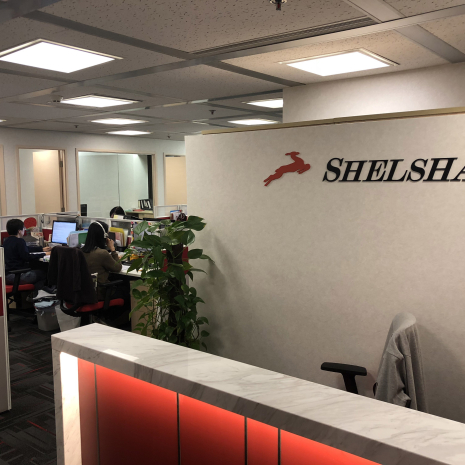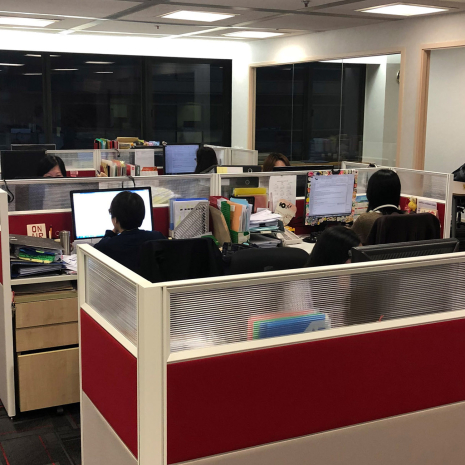

Hong Kong Office
Head office is ensuring financial support and assistance to both customers and factories.
Request InformationItalian Office
Ciessecasuals abbigliamento is our representative office for italian and european market offering an italian taste to our products.
Request Information



Bangladesh Office
Our Bangladesh office is the operative centre of the production, where the fashion ideas come true.
Request Information